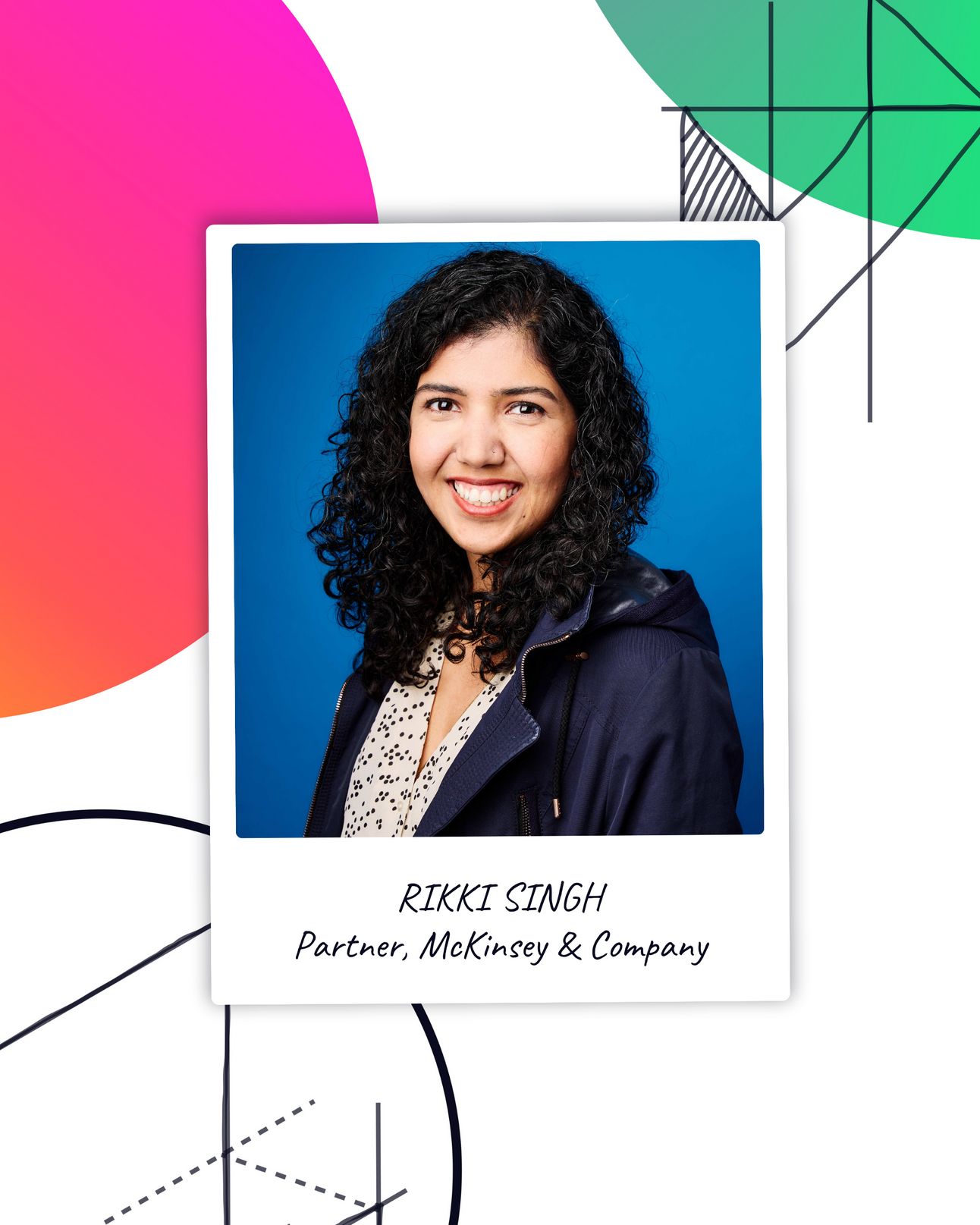- Made For Us
- Posts
- How to be a responsible product manager
How to be a responsible product manager
McKinsey's Rikki Singh on what PMs really think about inclusion

It’s time for another episode of Made For Us and I hope you get the chance to catch my fascinating conversation with Rikki Singh, a partner at McKinsey & Company who’s based in Silicon Valley. We discuss a report she co-authored on responsible innovation and one of its surprising findings: although tech product managers say they care about inclusion, very few of them actually rank it as a top priority. We unpack why inclusion often takes a backseat and what can be done to create a greater sense of urgency for inclusive design.
You can download the episode today on Apple, Spotify and other apps. And you’ll find my takeaway below.
If you know anyone who would enjoy this episode - perhaps a founder, product manager, or tech enthusiast - please share it with them or forward this newsletter.

About this week’s guest
Rikki Singh leads McKinsey’s software product-management work, helping the world’s largest software and fast-growing SaaS companies with product development and business building. She also founded the McKinsey Product Academy, which has over 15,000 registered product managers and offers resources to support innovation and product excellence.
Here are some of the topics we explore:
The three pillars of responsible tech - privacy, sustainability and inclusion - have typically not been top priorities for product leaders, but that’s starting to change
Research by McKinsey found that there’s a lack of clarity among product managers about how to define inclusion, and collecting relevant metrics can also be a challenge
AI is surfacing a lot of the inherent biases in our tech products, and it can also provide powerful tools to address these biases
Why the ROI of investing in inclusion can be massive for startups
My big takeaway
Think about the last time you watched TV or any online content. Did you have subtitles or captions on?
Originally developed in the 1970s to make television accessible for the deaf community, captions have since become essential for millions of us - whether we’re catching a show on a noisy commute or watching a foreign film.
Netflix says over 80% of its subscribers use subtitles or closed captions at least once a month. A survey by Preply found that 53% of Americans rely on subtitles more than they used to and 70% of Gen Z watch TV with subtitles most of the time - often because of fast-paced dialogue or unfamiliar accents.
As Rikki Singh explains in episode 2 of Made For Us, captions are a powerful example of the ROI of inclusive design: when we design for an overlooked group, the benefits often extend far beyond them.
“You may design for a specific group, but it ends up benefiting the broader population,” she says. “And as a result of that, you may find your product being more sticky or being more used.
Learn more about Rikki Singh
Let me know if you have any feedback on this episode by replying to this email. I’d love to hear your thoughts on anything that resonated or what you think could be better. Thank you!